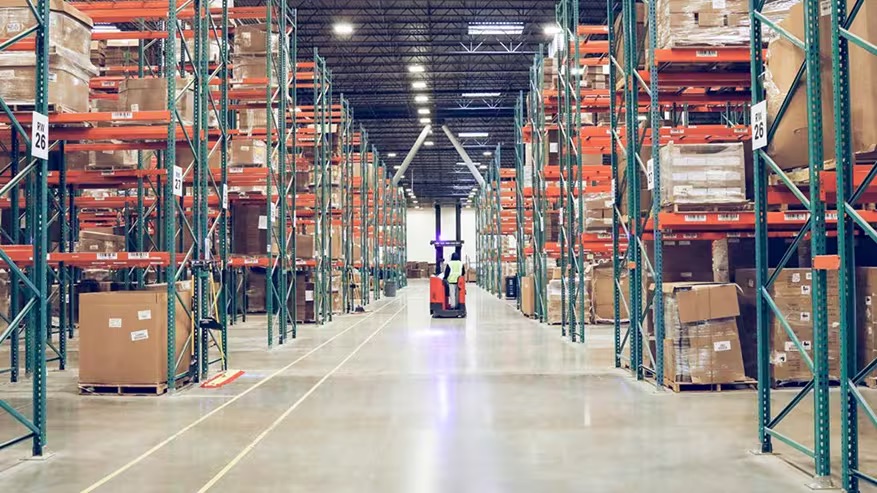For emerging brands, retail isn’t just a distribution channel—it’s the moment of truth. And far too often, it’s where great products get stuck with poor retail execution.
You win the placement. You land the distributor. And then you walk into the store and see… nothing. No signage, no display, and half the shelf empty.
It’s not just a visibility issue—it’s a velocity problem. Because in-store execution is what turns a shelf placement into a reorder. Without it, you’re paying to go nowhere.
So why does retail execution break down so often—and what can brands under $50M do about it?

The Real Problem: No One Owns the Shelf
In most early-stage organizations, retail execution lives in a gray zone. Sales gets the product in. Marketing runs campaigns. The distributor delivers. But who’s actually responsible for what happens once the product hits the store?
Too often, the answer is: no one. Syndicated brokers may cover the store, but they’re stretched thin across categories and brand priorities. Internal teams rarely have the bandwidth to visit consistently. And distributors—especially in warehouse models—typically don’t provide in-store support unless you’re already moving serious volume.
That leaves brands vulnerable. Resets get missed. Out-of-stocks linger. And retailers take note. When velocity slows, expansion stalls. The brand’s next pitch falls flat—not because the product isn’t great, but because the store-level execution was invisible.
What High-Performing Retail Execution Looks Like
Some teams are taking a more proactive approach—especially in competitive categories like functional beverages or better-for-you snacks.
At one major better-for-you beverage company, leadership invested in building a dedicated field team even while operating within a warehouse distribution model. Instead of relying on distributor reps or shared coverage, they staffed regionally, trained intentionally, and measured outcomes—not just activity.
That model, led by experienced field execution professionals, generated faster resets, higher compliance, and better reorder rates. But more importantly, it created accountability. Stores were visited regularly. Shelves were fixed. And feedback made it back to HQ within days, not weeks.
Even without full DSD, these teams found a way to win on the ground—because they showed up, consistently and with purpose.

Execution Still Matters—Even in Warehouse Systems
It’s easy to assume that execution isn’t a priority unless you’re in DSD. After all, DSD teams hit stores every week. They build displays. They own the shelf.
But warehouse brands that think they can skip execution are missing the point. Retailers still expect brands to support their presence. Store managers still respond to reps who build relationships. And reorders still depend on sell-through.
The truth is, brands without a field presence are often invisible after launch. That might not matter in the first 10 stores—but it becomes critical in the first 100.
How to Rebuild Retail Execution Without Breaking the Budget
You don’t need a 20-person team to get execution right. But you do need a structure.
Start by defining what success looks like at shelf. This includes facings, placement, stock levels, and promotional compliance. If you don’t know what to measure, you can’t improve it.
Next, build a lightweight system for visibility. Tools like geo-tagged photo apps and centralized dashboards give HQ a real-time look at what’s happening in-store. They also create accountability for reps—whether full-time, part-time, or shared.
And finally, tie field activity to outcomes. Are store visits driving velocity? Are issues being resolved faster? Is the brand showing up the way it was sold in?
If the answer is no, more visits won’t help. But better execution will.
Creating a Culture That Owns the Shelf
Retail execution isn’t a “field problem.” It’s an organizational problem. Everyone—from sales to marketing to operations—needs visibility into what’s happening at the store level.
That means shorter feedback loops between the field and HQ. It means empowering reps to act in real time—not just report issues. And it means treating field performance as a strategic function, not a tactical task.
Emerging brands that take this approach don’t just fix shelf-level issues. They build a reputation with retailers as a brand that follows through. And that leads to more space, better support, and faster growth.
Conclusion
Retail execution is still one of the biggest levers for growth—and one of the most overlooked. Whether you’re building a field team from scratch or trying to improve performance within a warehouse model, it starts with clear ownership and better systems.
At Ace Talent Curators, we help brands design lean, effective execution models that actually drive sales. From fractional talent to flexible field structures, we focus on impact—not just activity.
Need help thinking through your execution strategy?
Reach out here and let’s build something that works.
